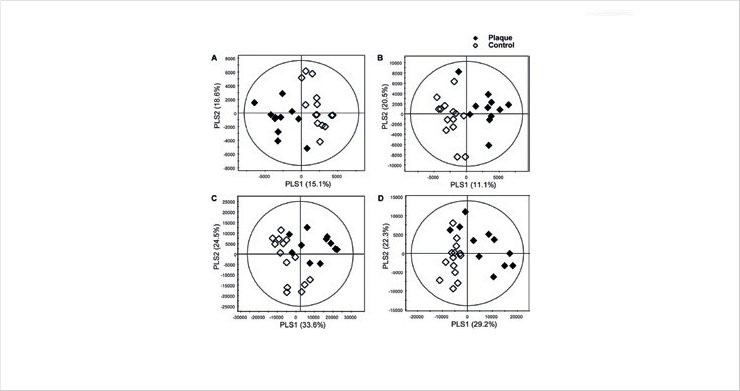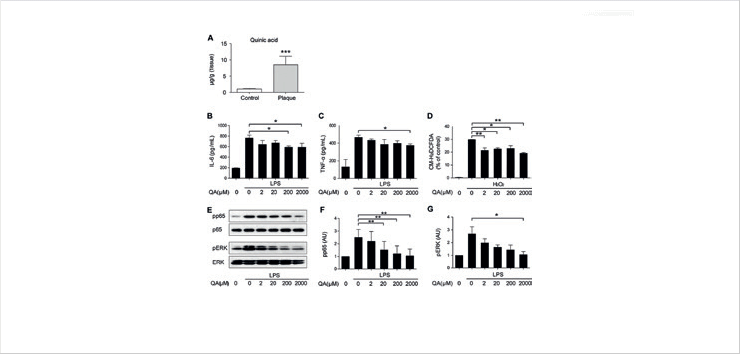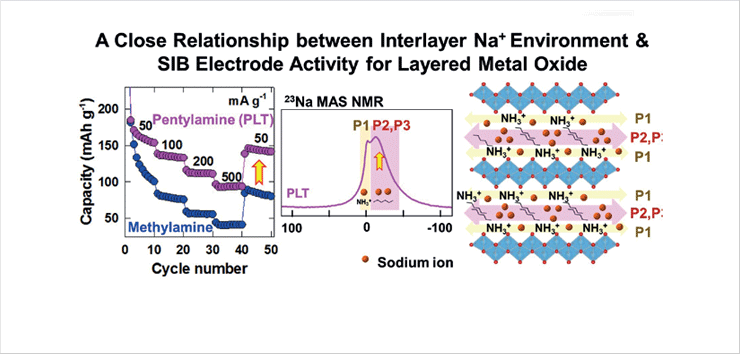Regional Analytical Science
Detailed research information Metropolitan Seoul Center (Western Seoul) > Regional Analytical Science > Major Research Activities Home
Research Focus
Omics Bio System Research
- Biomarker discovery for disease diagnosis/therapy and technology development for elucidating metabolic pathway
- Development of integrated metabolomics technology based on nuclear magnetic resonance spectroscopy(NMR) and mass spectrometry(MS)
- Chirality research using advanced analytical techniques
Functional Interface Science
- Developing highly efficient energy storage/conversion & environmental remediation technology based on understanding functional mechanism
- Analytical science and technology development for energy storage & conversion materials such as secondary batteries, fuel cells and so on
- Analytical science and technology development for smart nanomaterials for environment remediation
Representative Research Cases
Analytical technology for observing metabolic responses and mechanisms in the aorta of atherosclerosis patients
- Metabolic and lipidomic changes were monitored in the aorta of atherosclerosis patients using LC-MS-based metabolite profiling and target analysis, and this is proposed as an analytical technology that allows to investigate the metabolic responses and mechanisms of the development of atherosclerosis and the plaque formation.
 Multivariate analysis and metabolic pattern of polar/lipid metabolite profiling
Multivariate analysis and metabolic pattern of polar/lipid metabolite profiling
 The effect of quinic acid on anti-inflammation and anti-oxidative stress
The effect of quinic acid on anti-inflammation and anti-oxidative stress
Improving Na Ion Battery Electrode Activity of Layered Titanate
- Among the n-alkylamine-intercalates, the n-pentylamine-intercalated titanate showed the largest discharge capacity with the best rate characteristics, which was explained with 23Na NMR spectra revealing the different Na ion sites in the electrode materials.
 Superior capacities of Na batteries with titanate intercalated with n-pentyl amine (left) were explained with 23Na solid-state NMR spectra (middle) revealing Na ion
sites in the electrodes (right) corresponding synthetic peptide analysis.
Superior capacities of Na batteries with titanate intercalated with n-pentyl amine (left) were explained with 23Na solid-state NMR spectra (middle) revealing Na ion
sites in the electrodes (right) corresponding synthetic peptide analysis.


